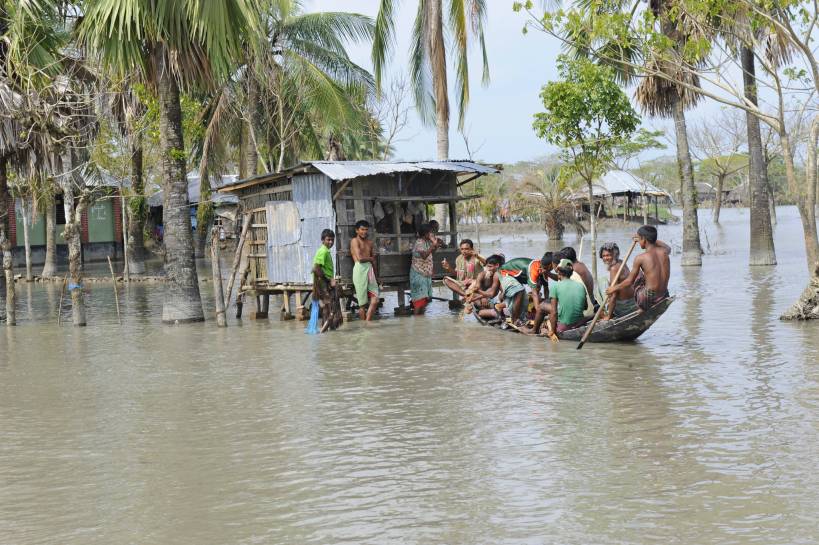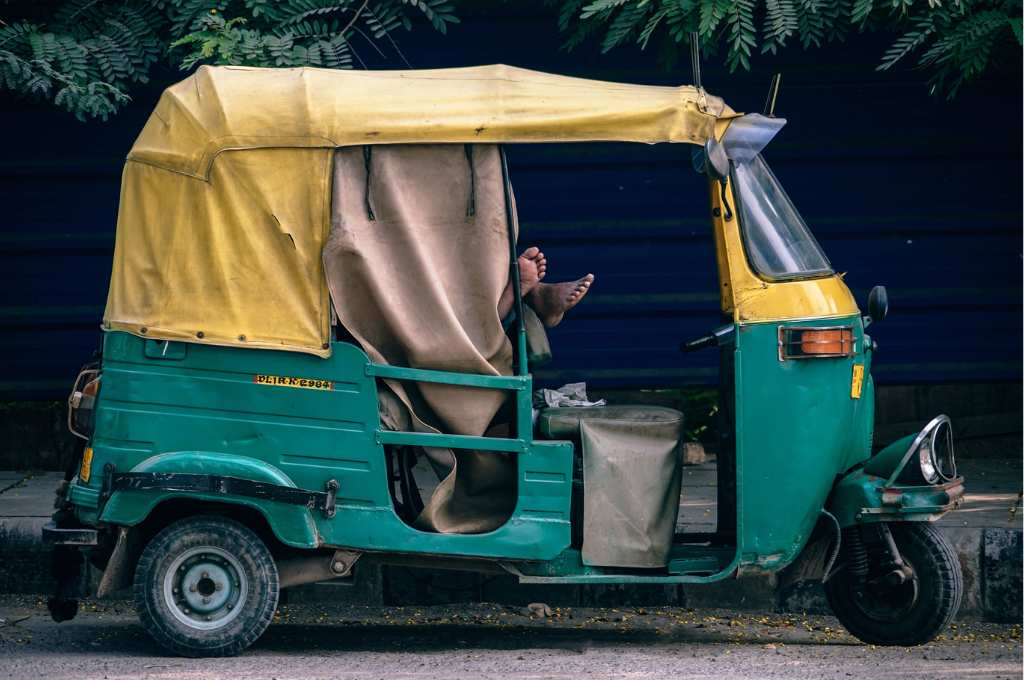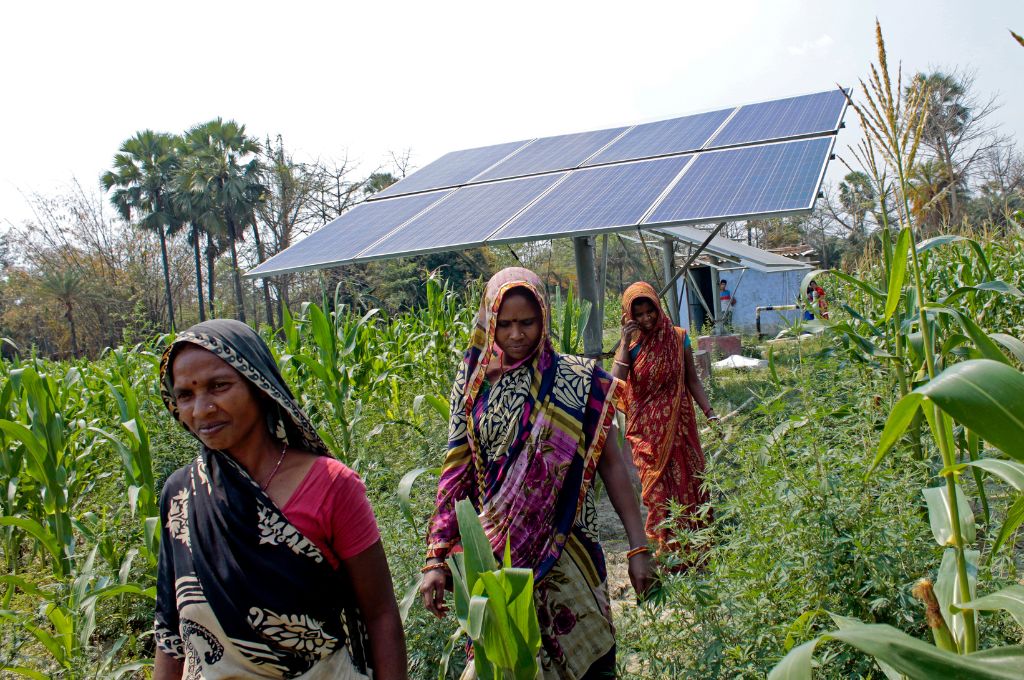The effects of climate change are already being felt across the world. As temperatures continue to rise, South Asia is among the regions set to be most severely impacted. Much discussion on the international stage has focused on adapting to the effects of a changing climate. But in some cases, ecosystems are already damaged beyond repair, permanently disrupting the lives of the communities they sustain. In climate change diplomacy, these irreparable consequences are known as ‘loss and damage’.
What is loss and damage from climate change?
The impacts of climate change include more frequent and intense floods, heatwaves, storms and sea level rise. While people can adapt to some of these changes in their environment, in many instances adaptation is impossible: lives are lost, embankments broken, land rendered infertile, habitat changed permanently and livestock killed. The social and financial impacts of climate change that cannot be avoided are referred to as ‘loss and damage’.
Loss and damage from climate change may be economic or non-economic. Economic losses include financial losses suffered by businesses, such as severe heatwaves in India reducing the yield of wheat, affecting the livelihoods of many farmers. It could also mean a loss of property and infrastructure, such as homes washed away in the floods that are becoming more frequent and severe in South Asia due to climate change.
Non-economic loss and damage could include cultural traditions, indigenous knowledge, biodiversity and ecosystem services that are lost due to the impacts of climate change.
How does loss and damage affect India and South Asia?
According to the World Bank, 750 million people in South Asia have been affected by at least one natural disaster in the past two decades. As the climate warms, these disasters are set to become more frequent and intense, creating potentially immense loss and damage for South Asia.
Multiple reports from the Intergovernmental Panel on Climate Change (IPCC) have identified South Asia as particularly vulnerable to weather extremes. A key 2022 IPCC report on climate impacts emphasised how economic damage resulting from floods, cyclones and heatwaves, as well as slow-moving crises like declining agricultural productivity, would severely affect the region.
Climate change-induced loss and damage is projected to cost South Asia USD 518 billion by 2050.
Given the huge potential economic and humanitarian impacts of these changes, how the world measures and pays for loss and damage is immensely significant to the future of South Asia and all developing countries. With lives and livelihoods at stake, countries in the region and elsewhere have been pushing for serious discussions on loss and damage at the global level to support their recovery and to prepare for future disruption.

How much loss and damage will South Asia face from climate change?
Climate change-induced loss and damage is projected to cost South Asia USD 518 billion by 2050, according to a 2019 study. By 2070, this number could jump to USD 997 billion.
Another study from 2018 estimated that, with 3 degrees Celsius of warming, India’s gross domestic product (GDP) would fall by 2.09% by 2037, and by 5.53% by 2067.
South Asia is already facing huge costs from extreme weather events: a study by the NGO Germanwatch ranked India seventh among countries most affected by extreme weather in 2019, noting that massive floods that year caused damage of around USD 10 billion, claiming 1,800 lives and displacing around 1.8 million people.
Extreme weather events are set to become more severe and erratic as the climate warms.
Every year, India and other countries in South Asia also suffer immense damage from tropical cyclones. While increasingly sophisticated weather warnings have drastically reduced the number of lives lost, homes and sources of livelihood are still wiped out with each storm. Super cyclone Amphan, which hit India and Bangladesh in 2020, caused an estimated loss of USD 14 billion and displaced 2.4 million people in India and 2.5 million in Bangladesh. Such extreme weather events are set to become more severe and erratic as the climate warms, making it harder for meteorologists to issue timely warnings as the storm develops.
Why is loss and damage an issue of contention?
Loss and damage has become a contentious issue in international climate negotiations due to the issue of liability and compensation. Developed countries—those historically responsible for the majority of greenhouse gas emitted since the industrial revolution—have been wary of any international agreement that might leave the door open to them paying for the loss and damage their emissions have caused, and are causing.
What does the Paris Agreement say about loss and damage?
Article 8 of the Paris Agreement, signed in 2015, focuses on loss and damage. It states that signatory countries recognise “the importance of averting, minimizing and addressing loss and damage associated with the adverse effects of climate change,” and that they should enhance cooperation on implementing solutions.
While the inclusion of dedicated language on loss and damage in the Paris Agreement gave it a formal platform, something developing countries had pushed for, the way it was framed aligned with the preferences of developed countries. Paragraph 52 of the Decision adopted alongside the Paris Agreement states: “Article 8 of the Agreement does not involve or provide a basis for any liability or compensation.”
This means the Paris Agreement does not place any legally binding obligations on countries to address loss and damage associated with climate change, and makes no mention of financial commitments to support those countries facing significant loss and damage.
What did COP26 agree on loss and damage?
At COP26, held in Glasgow in November 2021, a network of countries known as the G77 and China called for a formal ‘facility’ to be set up to provide financial support to vulnerable nations.
However, due to opposition from the EU, US and other rich nations, leaders failed to establish a relief fund to help developing countries deal with climate change-related loss and damage.
Ultimately, the agreement signed in Glasgow, known as the Glasgow Climate Pact, recognised the need for assistance from developed countries to address loss and damage but ended without concrete measures in place to deliver financial support.
How much funding goes into loss and damage?
While COP26 ended without a formal financing facility to support countries dealing with loss and damage, some independent efforts have been made to support vulnerable countries. A group of philanthropic organisations led by the Children’s Investment Fund Foundation offered USD 3 million for a loss and damage finance facility. At COP26, Wallonia, a region of Belgium, also pledged EUR 1 million, while Scotland pledged GBP 1 million in assistance.
These figures pale in comparison to the estimated costs: by 2030, climate change-induced loss and damage in developing countries is projected to cost a total of USD 290-580 billion.
How will COP27 tackle loss and damage?
At the time of writing, loss and damage is not set to be on the formal agenda for COP27, which will take place in Sharm el-Sheikh, Egypt, in November 2022.
Loss and damage was discussed at the Bonn Climate Conference in June 2022, a precursor to COP27. The conference saw the start of the ‘Glasgow Dialogue’ on loss and damage, but ended without concrete steps towards a loss and damage financing facility.
However, the COP26 and Bonn conference outcomes have created momentum for the conversation to continue, and have cemented loss and damage as a key thread of international climate diplomacy.
This article was originally published on The Third Pole.






